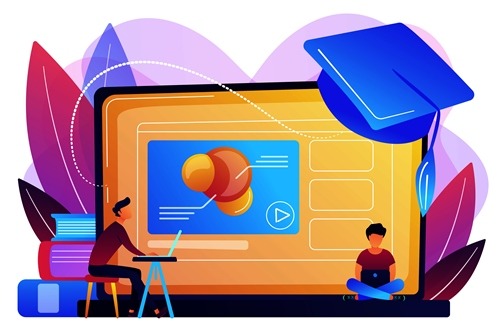There are no items in your cart
Add More
Add More
| Item Details | Price | ||
|---|---|---|---|
NCERT Science Notes - Class 8
Chapter 6 - Reproduction in Animals
Welcome to AJs Chalo Seekhen. This webpage is dedicated to Class 8 | Science | Chapter 6 - Reproduction in Animals. The chapter delves into the various modes of reproduction, including sexual and asexual methods. Students learn about the reproductive organs, the process of fertilization, and the development of embryos. The chapter also explores fascinating concepts like metamorphosis in amphibians and binary fission in unicellular organisms. Understanding these processes helps students appreciate the diversity of life and the intricate mechanisms that sustain it
Class 10 NCERT metals and non metals notes ajs, cbse notes class 10 ajslearning, cbse notes ajs, ajs notes class 10, ajslearning, ajs chalo seekhen
NCERT Science Notes - Class 8
Chapter 6 - Reproduction in Animals
Introduction to Reproduction in Animals
Viviparous Animals |
Oviparous Animals |
|---|---|
| Humans | Fish (e.g., salmon) |
| Elephants | Reptiles (e.g., snakes) |
| Whales | Birds (e.g., sparrows) |
| Dolphins | Amphibians (e.g., toads) |
| Bats | Insects (e.g., ants) |
| Guinea pigs |
Introduction:
Asexual Reproduction in Hydra and Amoeba
NCERT Science Notes - Class 8 | Science | Chapter 6 - Reproduction in Animals
NCERT Science Notes - Class 8 | Science | Chapter 6 - Reproduction in Animals
Dedicated team provides prompt assistance and individual guidance.
Engaging visuals enhance understanding of complex concepts.
Engaging visuals enhance understanding of complex concepts.
Assess understanding and track progress through topic-specific tests



